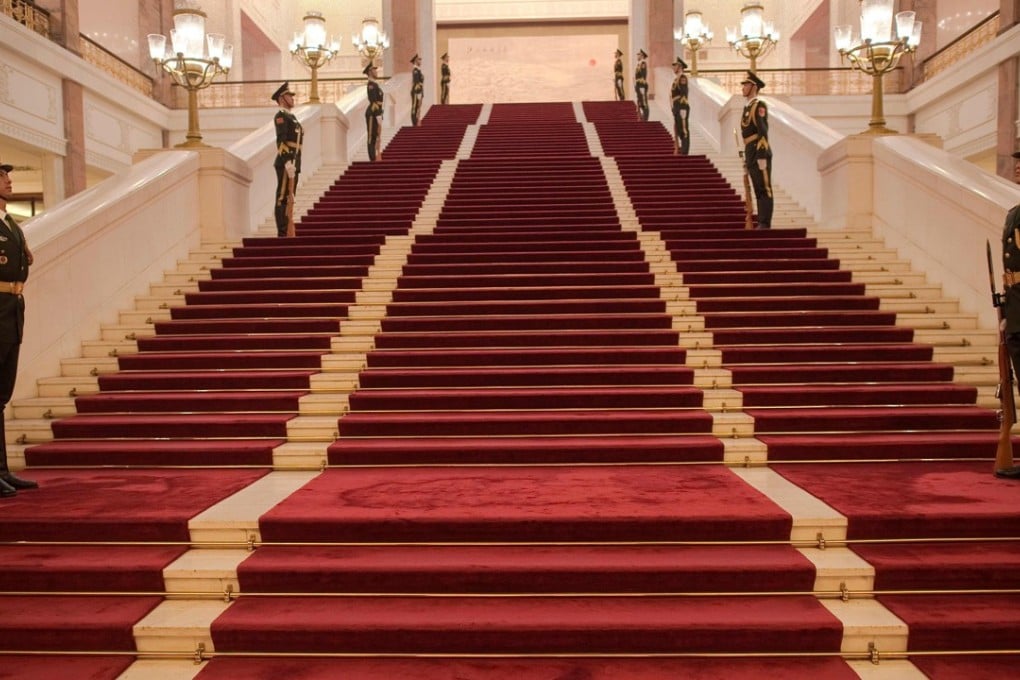How America can help China’s Xi Jinping rival Deng Xiaoping on economic reforms
Yukon Huang says President Xi Jinping’s place among China’s great transformative leaders like Mao and Deng will depend on how his new team, to be revealed at the 19th Party Congress, tackles economic risks and eases trade tensions with the US

Major challenges in recent years have included finding new sources of demand to pick up the slack in the economy, dealing with a potential financial crisis, and moderating trade and investment tensions with the West.
First, searching for new growth drivers. China’s slowdown partly reflects the reality of a maturing economy. But the slowdown has also been accentuated by the decline in global trade and decelerating construction at home. Many observers have pointed to China’s growth as being excessively unbalanced, as measured by its extremely low share of personal consumption relative to GDP, and a proportionately high share of investment. This has led to calls for China to rebalance in favour of more personal consumption to stimulate growth.
While “balanced” intrinsically sounds good and “unbalanced” bad, this view is misguided. Unbalanced growth is the result of a largely successful urbanisation-cum-industrialisation process, as workers shift from labour-intensive rural activities to capital-intensive industrial jobs in cities. In the process, the share of consumption to GDP automatically declines, although, paradoxically, consumption per person or household increases. This same “unbalanced growth” process characterised the development other East Asian success stories, including Japan and South Korea during their industrialisation.